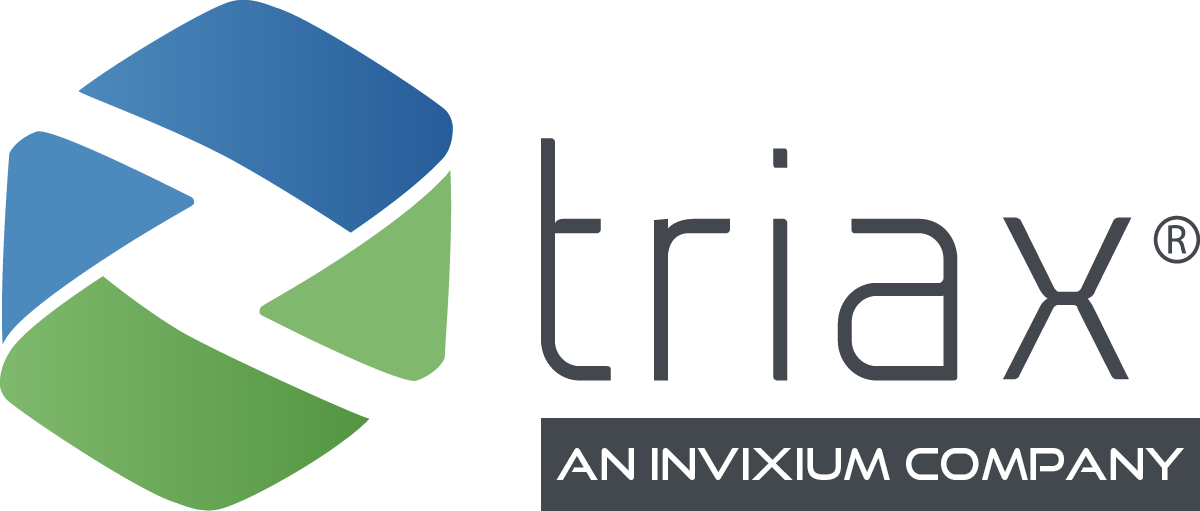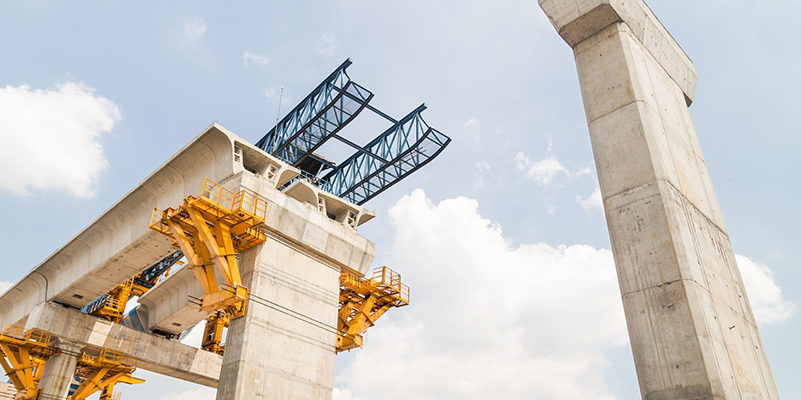The American Road and Transportation Business Association’s 2017 report determined that 10% of all the bridges in the United States are not structurally sound, and about two-thirds of all the roads in the country – namely major highways, freeways, and interstates – are in poor condition, too. As America’s aging infrastructure remains a hot topic and the path forward continues to be debated, contractors and insurers are preparing for the effects on their businesses.
Insurance companies in particular will be forced to work in an expedited regulatory environment that translates to less engineering review and greater risks. As a result, risk managers, brokers and insurers will have to work with contractors to develop this new risk picture and figure out the best ways to insure it.
What Insurers Need to Know
Growing concerns over the state of the U.S. infrastructure is leading to a major push for action, keeping insurers on the edges of their seats.Traditionally, insurers have had the time to thoroughly analyze each project to determine the risks and create or issue policies accordingly. These new large infrastructure projects, however, are changing the processes, and insurance companies must make faster decisions with less information. As a result, the insurance industry’s focus is being redirected to several key factors.
- Workforce demographics and composition: Increasingly, insurers are considering workforce demographics and composition when determining risk. How much experience and training a team has – both individually and collectively – can make a tremendous difference. Generally speaking, a more experienced crew translates to less risk, so it’s important to document employee on-boarding, training procedures, and crew certification.
- Jobsite risk management culture: Each contractor has a risk management culture that directly impacts insurance policies and premiums. Insurers want a clear picture of day-to-day safety procedures, practices and documentation on job sites, and they rely on contractors to provide this information. Contractors should have a clear, comprehensive plan for establishing and maintaining safe working conditions, starting with hiring and incorporating injury or incident documentation and reporting on the job. When this data is automated, individual without knowledge of the situation can easily understand and interpret it. Standard data collection also paints a more robust picture of risk, which improves risk analysis – and mitigation – on an organizational level. Fortunately, technologies are available to automate data collection and streamline the risk management process. Wearable solutions like Spot-r by Triax record the who, what, when and where of incidents on site, providing a clear indicator of site safety culture that allows contractors, risk managers and insurers alike to assess, correct, and negate risk.
- Project structure: Major infrastructure projects require a sound safety, financial and legal risk management plan as well as sound execution. For this reason, insurers should consider how the project is structured and financed from start to finish, so they know each stakeholder’s responsibility and can get a complete picture of risk and liability.
As project delivery methods, contracts, and the very nature of construction projects evolve, it is vital for everyone involved in the industry – engineers, contractors, developers, and even architects – to work with insurance providers to create written policies that address traditional and emerging concerns and that mitigate the total cost of risk (TCOR).
Looking for a Comprehensive Worksite Productivity and Safety Solution?
Spot-r by Triax Technologies offers a comprehensive worksite productivity and safety solution that revolutionizes the way construction projects are managed. With Spot-r, supervisors gain real-time visibility into worker locations, safety events, and certifications, empowering them to make informed decisions and ensure optimal project performance. Experience the power of Spot-r for yourself by contacting us or requesting a demo, and discover how it can transform your worksite productivity and safety.

